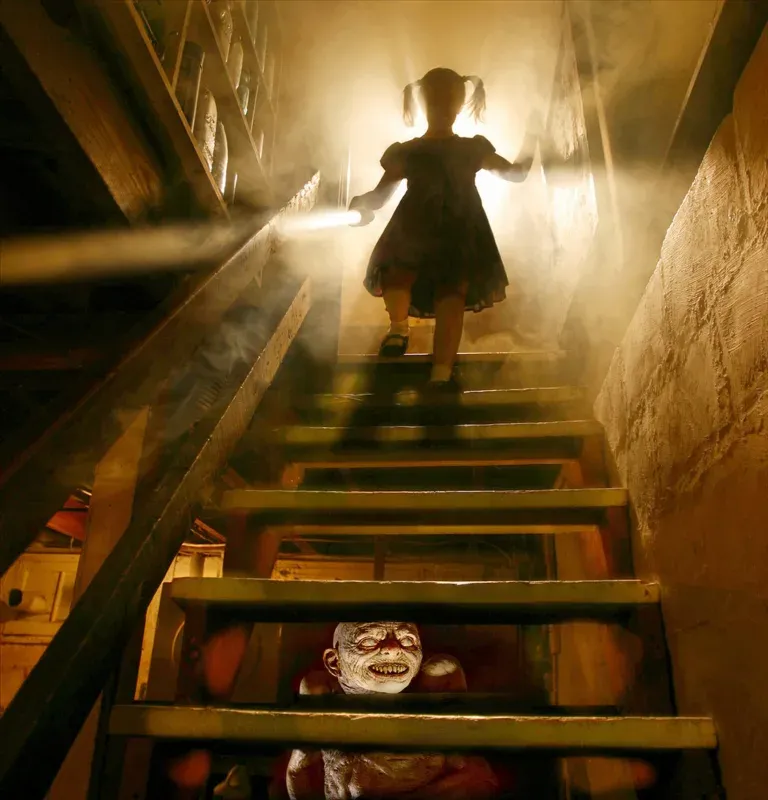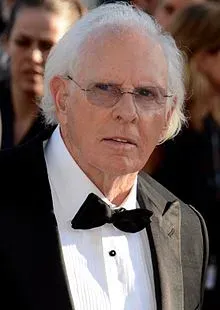The Predator Marilyn Vance
The Predator Marilyn Vance is one of the most prolific and influential costume designers in the film industry, with a career spanning from the 1980s to the present day. Known for her work on iconic films such as The Breakfast Club (1985), Pretty Woman (1990), and Die Hard (1988), Vance has had a lasting impact on cinema through the creation of costumes that not only define the characters but often become distinctive elements of popular culture. Although her name is often associated with romantic comedies and action films, Vance has also ventured into the horror genre, where her distinctive approach has helped create visually powerful and unsettling atmospheres.
Early Career and Marilyn Vance’s Style
Marilyn Vance began her career in design and fashion, transitioning to cinema in the 1980s. Her style is distinguished by a particular attention to detail and a unique ability to capture the essence of characters through their costumes. Vance doesn’t just dress actors—she transforms them, using clothing and accessories as tools to tell the story. This ability to tell stories through costumes has made Vance a sought-after collaborator by directors, not only for comedies and dramas but also for darker and more unsettling films.
 Collaborations in the Horror Genre: *The Untouchables* and *Predator*
Collaborations in the Horror Genre: *The Untouchables* and *Predator*
One of the films that marks Vance’s entry into horror and thriller territory is *The Untouchables* (1987) by Brian De Palma. While the film is more of a crime thriller than pure horror, the influence of the genre is palpable, and Vance played a crucial role in creating its dark, menacing atmosphere. The costumes in *The Untouchables* were designed to evoke the historical period of the 1930s but with a stylized touch that heightens the tension and sense of danger. The dark clothing, clean lines, and meticulous details help create a world that is both realistic and visually evocative, enhancing the latent fear that permeates the film.
Another important collaboration of Vance in the horror genre is the film Predator (1987), directed by John McTiernan. Predator straddles the line between horror and science fiction, telling the story of a group of soldiers confronting an alien creature in a remote jungle. The costumes of the characters, designed by Vance, are essential in creating narrative tension. The soldiers’ clothing, reflecting the realism and functionality of their mission, contrasts with the eerie, alien design of the Predator—a creature whose visual characteristics have become iconic. Vance’s work in this film helped reinforce the atmosphere of terror and the element of the unknown, key factors that have made Predator a classic of the genre.
*The Monster Squad*: Horror for a Young Audience
Marilyn Vance also worked on films that combine horror with other genres, such as *The Monster Squad* (1987), a film that mixes horror with adventure and comedy. This film, directed by Fred Dekker, sees a group of kids facing classic monsters like Dracula, the Wolfman, and Frankenstein. The costumes created by Vance for these classic characters are respectful of their cinematic origins but with a modern twist that makes them accessible and frightening for a new generation of viewers. Vance’s work on *The Monster Squad* demonstrates her versatility in handling horror in a lighter context, while still maintaining a sense of authenticity and respect for the genre’s roots.
Vance’s Unique Style in Horror
While horror may not be the main genre Marilyn Vance is known for, her contribution to the genre is significant. Her ability to create costumes that reflect and amplify the central themes of a film is evident in all her ventures into horror. Vance knows how to use costumes to evoke specific emotions—whether fear, tension, or a sense of mystery. This is particularly important in horror films, where atmosphere is often created not just by acting or direction but by the visual details that can make a scene even more unsettling or disturbing.
 The Legacy of Marilyn Vance
The Legacy of Marilyn Vance
Marilyn Vance has left an indelible mark on every genre she has worked on, including horror. While she may be more famous for her work in other types of films, her ventures into horror demonstrate her extraordinary versatility and her commitment to storytelling through costumes. Films like *The Untouchables*, *Predator*, and *The Monster Squad* testify to her ability to adapt to different atmospheres and use costumes to build complex and fascinating worlds. Vance’s approach to costume design has never been just functional but has always aimed to enhance the narrative and emotionally engage the audience, making her contribution to horror cinema an important aspect of her professional legacy.
Don’t miss the articles about other costume designers who helped make horror cinema terrifying… They not only improved the films they worked on but also elevated the horror genre to new artistic heights. Their costumes aren’t just clothes but narrative tools that amplify suspense, express complex themes, and enrich the visual experience of the audience.
 Subscribe to our YouTube channel
Subscribe to our YouTube channel
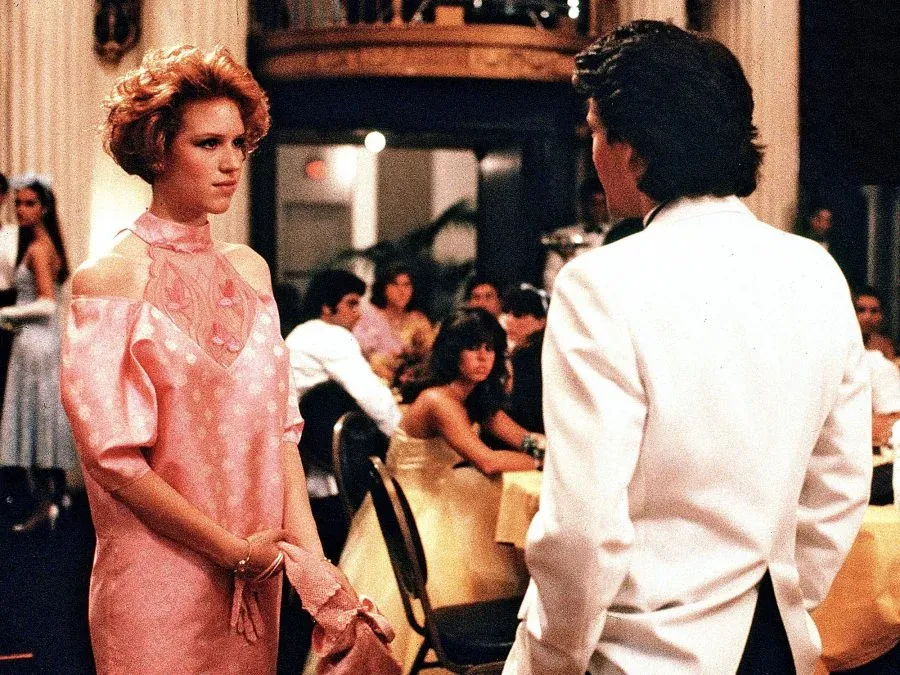
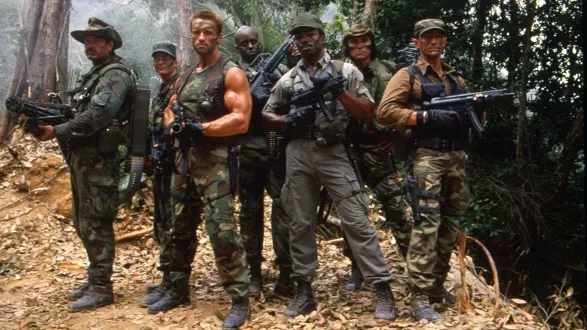 Collaborations in the Horror Genre: *The Untouchables* and *Predator*
Collaborations in the Horror Genre: *The Untouchables* and *Predator*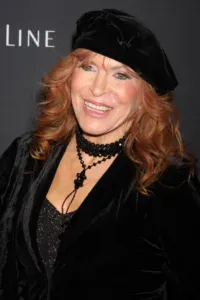 The Legacy of Marilyn Vance
The Legacy of Marilyn Vance


